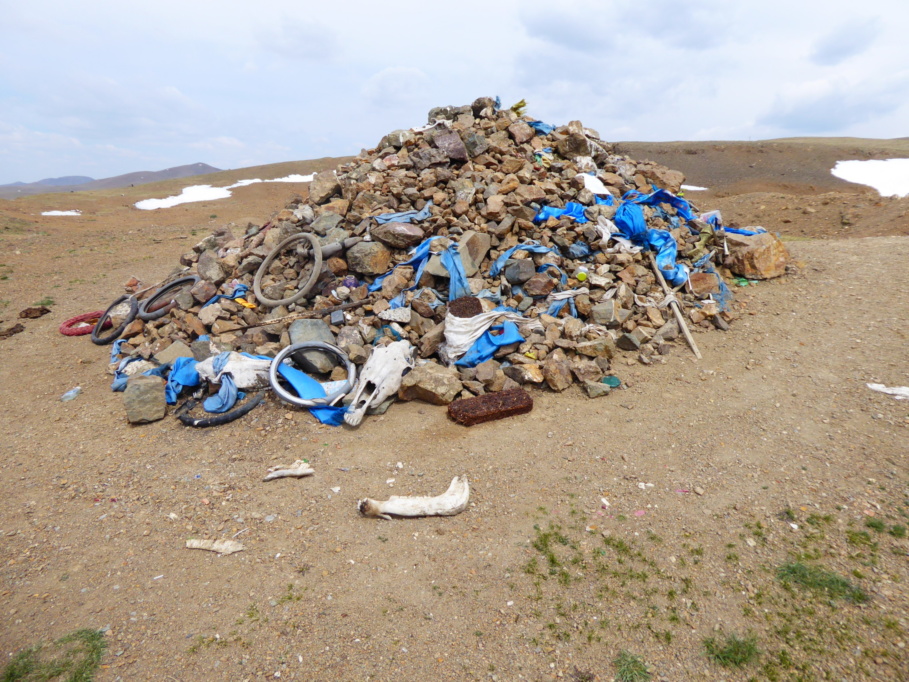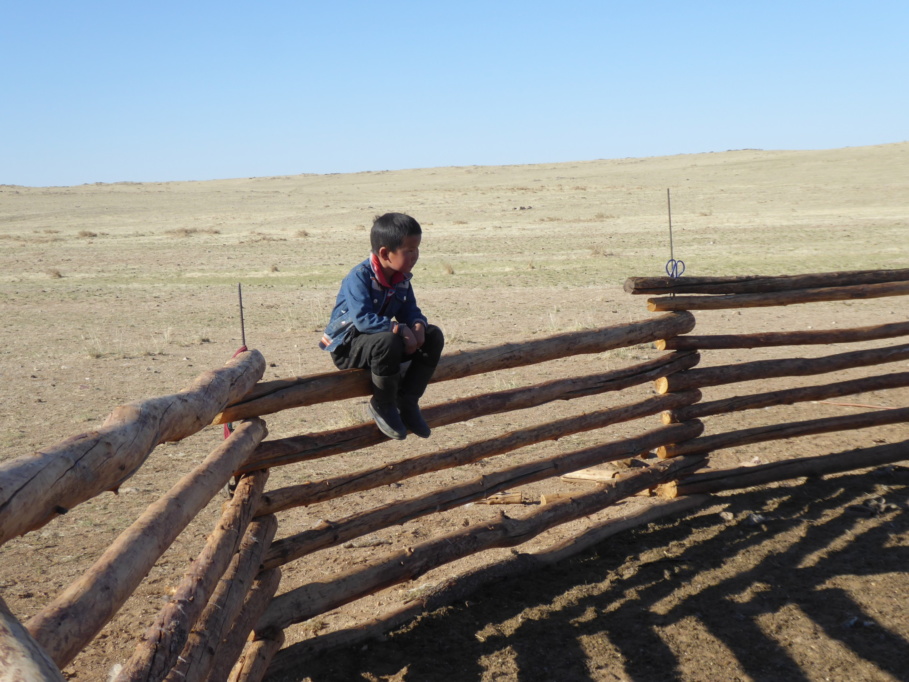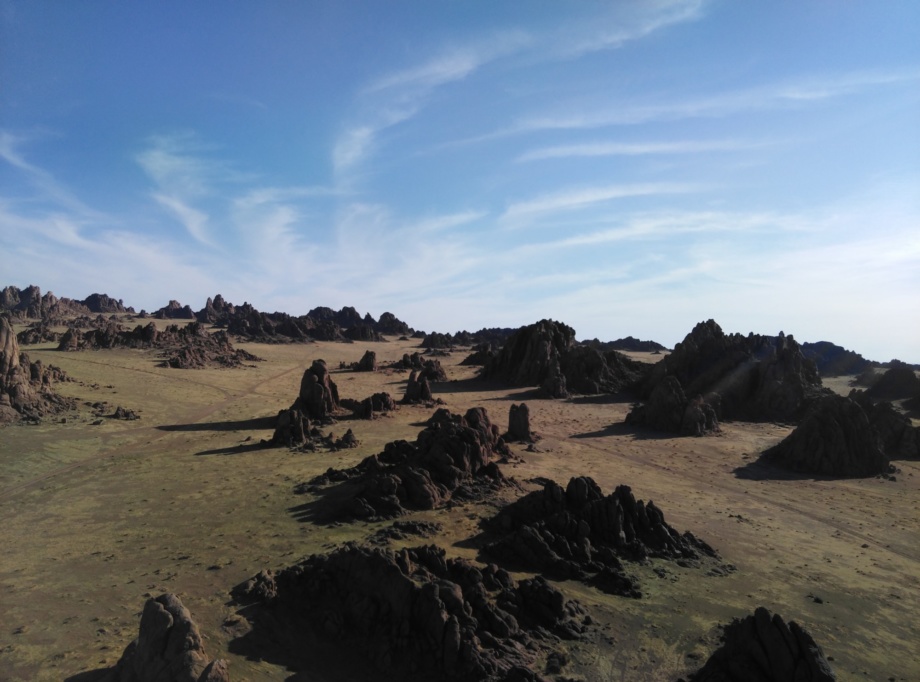GOBI DESERT DAY 6
MONGOLIA
On day six in the Gobi Desert, we journeyed from Yolyn Am to the Khongoryn Els Sand Dunes, experiencing stunning landscapes, a camel ride, and bracing for approaching severe weather.
Travelling In The Gobi Desert
Day Six: Yolyn Am to Khongoryn Els Sand Dunes (Duut Mankhan, The Singing Dunes)
Southern Gobi
Distance: 250 km
A clear, still morning in the Gobi Desert provided the perfect opportunity to get the drone up for a look around, and I finally figured out how to get the pano function working.
We packed up our tents and set out, stopping first at the nearby Nature Museum. The museum featured numerous stuffed animals from the region, including the rare wild two-hump camel, Argali sheep, ibex, and wolf. We challenged Victor to find us a wolf in the wild, but he just laughed and said, “No one sees wolves in Mongolia anymore.”
Off we went again, starting the journey on a bitumen road and climbing to an altitude of 7,600 feet, crossing the Altai Mountains. After 45 km, we turned off the paved road back onto tracks and traveled through plains with the imposing jagged mountains in the distance.
As we drove, we were surrounded by the Altai Mountains. We passed a salt lake and stopped for lunch in a stunning canyon with a stream running through it.
We continued across the plain, and after a while, the sand dunes appeared on our left. They are up to 300 meters high, 12 km wide, and about 100 km long, making a ‘singing’ sound when it is windy or there is a sand avalanche.
There is a small river running along the base of the dunes, providing water for livestock. Due to this water, many nomads live and herd in this area. There are also a number of tourist camps as the dunes are a big tourist destination.
We arrived at our camp for the night, a nomad’s ger with extra gers for visitors. Very nice, clean, and comfortable. Over a cup of tea with our host, we were told that severe weather warnings had been issued for the Gobi—snow and dust storms were on the way. The wind was picking up, and the sky was very dark and stormy looking.
Our hosts ran a number of animals, most of which were still on the other side of the dunes, waiting for rain to bring better grazing on the side we were on, which was their summer base. When the nomads bring the rest of the stock to the summer pasture, they drive them across the dunes on camels. I would have loved to see them driving the sheep and goats on camels.
We were asked if we would like to ride a camel. “Sure,” we said. So the camel herders saddled up a few camels for us to ride, and we took a leisurely ride across the Gobi Desert in howling wind for an hour. Riding a two-hump camel was a very strange experience. You are perched between the two humps and can’t go forwards or backwards. I have to say it wasn’t the most comfortable animal to ride, but it was a fun experience.
That night, we had to batten down the hatches as the wind roared around our ger. We marveled at the design of the structure, which was absolutely rock solid in the gale.
Originally, we planned to spend two nights at the sand dunes. However, with the enormous amount of kilometers we needed to cover in the next few days, we decided to move on earlier and break the journey up. The next day, we would be off to something called the Flaming Cliffs.



